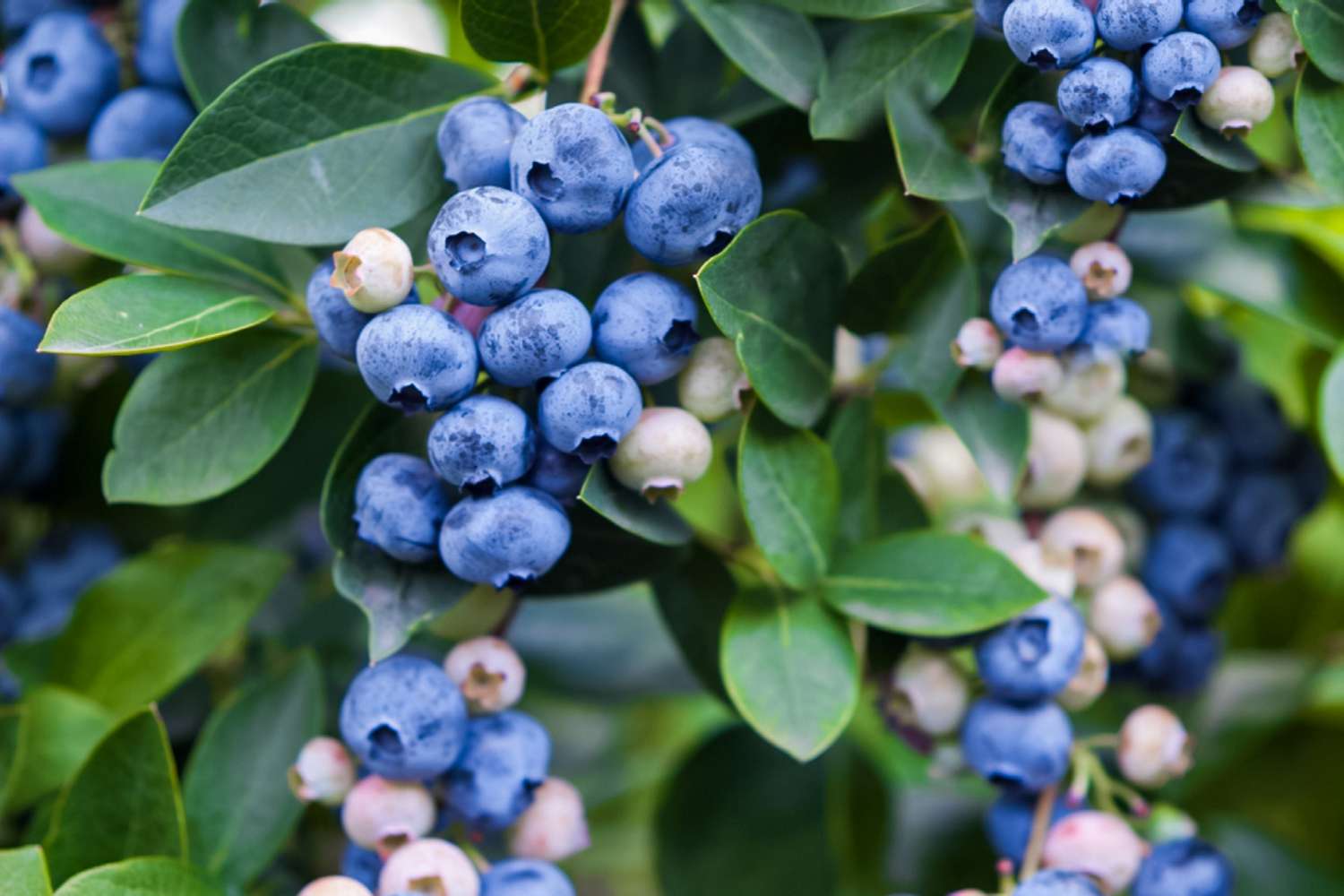Care Guide: Berries and Bare Root Vegetables
go.ncsu.edu/readext?667351
en Español / em Português
El inglés es el idioma de control de esta página. En la medida en que haya algún conflicto entre la traducción al inglés y la traducción, el inglés prevalece.
Al hacer clic en el enlace de traducción se activa un servicio de traducción gratuito para convertir la página al español. Al igual que con cualquier traducción por Internet, la conversión no es sensible al contexto y puede que no traduzca el texto en su significado original. NC State Extension no garantiza la exactitud del texto traducido. Por favor, tenga en cuenta que algunas aplicaciones y/o servicios pueden no funcionar como se espera cuando se traducen.
Português
Inglês é o idioma de controle desta página. Na medida que haja algum conflito entre o texto original em Inglês e a tradução, o Inglês prevalece.
Ao clicar no link de tradução, um serviço gratuito de tradução será ativado para converter a página para o Português. Como em qualquer tradução pela internet, a conversão não é sensivel ao contexto e pode não ocorrer a tradução para o significado orginal. O serviço de Extensão da Carolina do Norte (NC State Extension) não garante a exatidão do texto traduzido. Por favor, observe que algumas funções ou serviços podem não funcionar como esperado após a tradução.
English
English is the controlling language of this page. To the extent there is any conflict between the English text and the translation, English controls.
Clicking on the translation link activates a free translation service to convert the page to Spanish. As with any Internet translation, the conversion is not context-sensitive and may not translate the text to its original meaning. NC State Extension does not guarantee the accuracy of the translated text. Please note that some applications and/or services may not function as expected when translated.
Collapse ▲
Photo Credit: The Spruce
Now that you have purchased small fruit plants, or asparagus, from the NC State Extension Master Gardener℠ Edibles Plant Sale, you need to know how best to care and maintain them. Following is a tip sheet on avoiding common mistakes, along with some links to specific information for the different fruit plants you purchased.
General
- Avoid planting roots too deep or too shallow-they will not flourish.
- Don’t leave soil loose around the plant roots-take care to pack it firmly.
- Avoid planting near wild plants, or near plants whose origins are unknown.
- Don’t water every day-water well, 1-3 times a week to maintain adequate moisture levels.
- Avoid fertilizer burn. Hold off on fertilizing until plants are well established.
- Plant all the roots of the plant without cutting the roots.
- Avoid planting in the shade-all of these plants prefer full sun and will not thrive in shady spots. A half-day of full sun or more is necessary to ripen your berries.
- A 10-10-10 fertilizer is recommended for these plants with the exception of blueberries which will do best with ammonium sulfate.
Grapes & Berries for the Garden
Extension Gardener Handbook – Small Fruits
Asparagus
- Do not harvest any spears the first year.
- Be careful not to damage emerging spears when cutting below the soil surface during harvest.
- Avoid planting in soil that doesn’t have pH between 7.0-7.2, because Asparagus requires very sweet soil.
- Do not add compost to soil until plants are growing.
Blackberry and Raspberry Plants
- Don’t plant roots too deep.
- Avoid planting in soils where tomatoes, potatoes, peppers, eggplant, or raspberries have previously been grown. These crops may harbor soil pathogens, which may affect your new plants.
- Avoid planting green tissue culture plants until after danger of frost has passed.
- Do not mulch brambles beyond the first year.
- Do not mow down summer-bearing raspberries; they fruit on 2-year-old canes. Remove the canes that bore fruit the previous year.
Blackberries for the Home Garden
Raspberries for the Home Garden
Pruning Blackberries and Raspberries
Blueberries
- Don’t forget that Blueberries require an acidic soil with pH between 5-5.5. Find out more information about soil tests.
- Do not use leaves or excessive sawdust as mulch. Either can limit or prevent rains from reaching the soil and plant roots.
- Excessive sulfur can be toxic. Application of sulfur does not change the acidity quickly.
- Do not apply fertilizer at planting.
- Do not apply fertilizer in late summer or early fall. This could lead to new, succulent growth that is susceptible to winter injury and may lead to entry points for disease.
Growing Blueberries in the Home Garden
Elderberry
- Place plants 6-10 feet apart
- Cover the plug with 1/2″ of soil
- Avoid fertilizing the first year
- Harvested in late summer
- Prune early spring while still dormant
Horseradish
- Before planting, work your soil 8-12 inches deep
- Add compost if you can or consider applying a complete fertilizer prior to planting
- Plant root cuttings in early spring, put the square end higher than the angled end of the root
- Cover the root cuttings with 2 inches of soil after planting
- Space root cuttings 30 inches apart
Strawberry Plants
- Avoid planting in soils where previous crops have included strawberries, raspberries, potatoes, tomatoes, eggplants, or peppers. These crops may harbor soil pathogens, which may affect your new plants.
- Do not mulch using materials like decayed or wet leaves that tend to mat down and can smother plants.
- Do not renovate day neutral strawberries.
Strawberries in the Home Garden
More Questions?
Contact the Haywood Plant Clinic.




